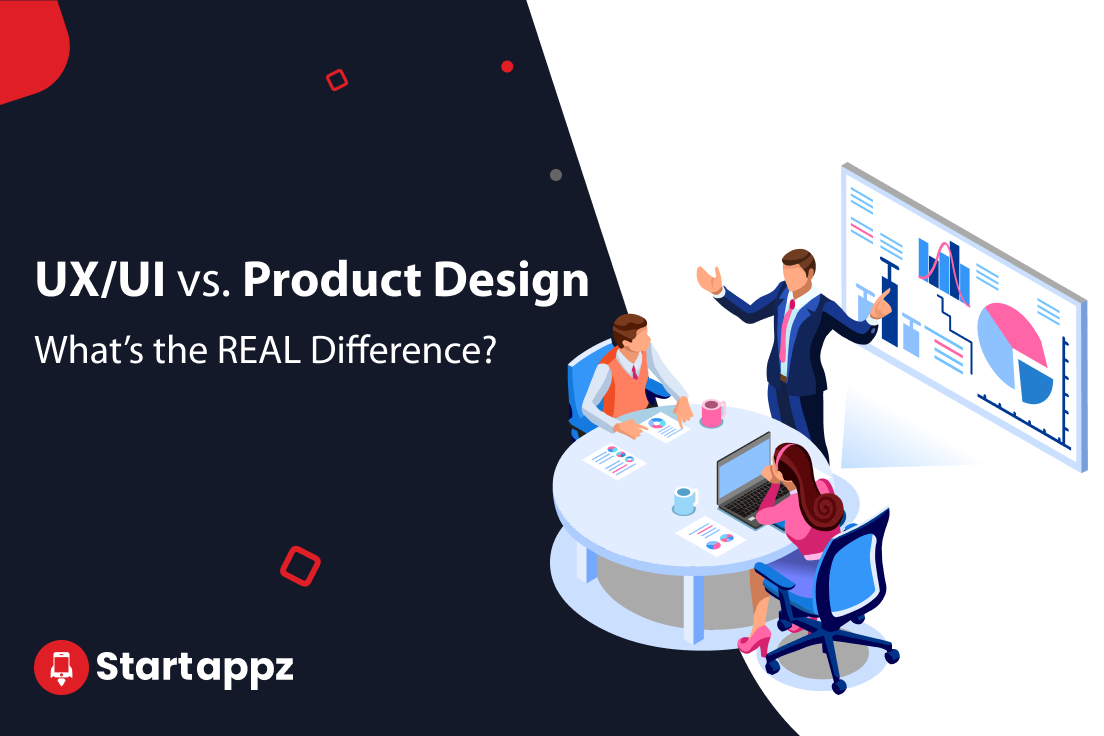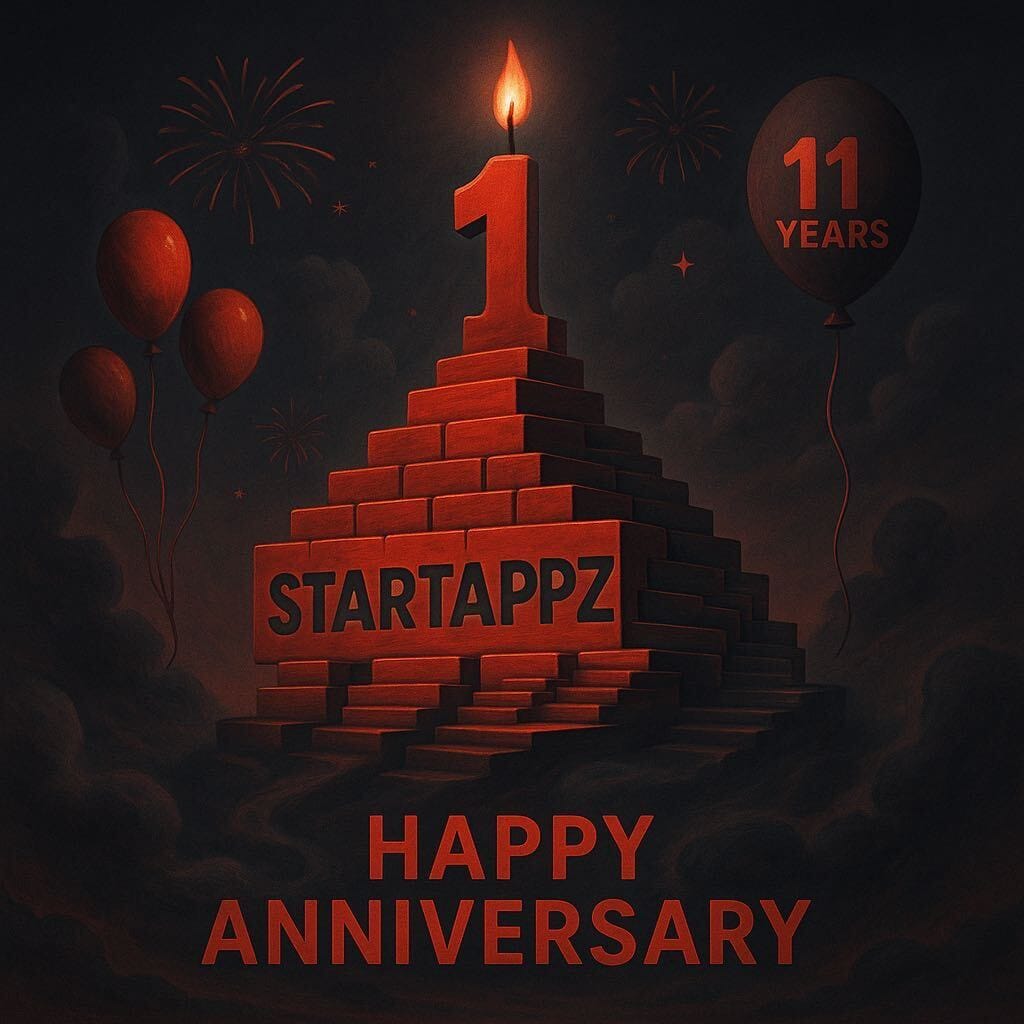IA: Information Architectures

IA is the way to organize and structure your service to make it recognizable and predictable for the users, so I always have to focus on the user stories and their needs to achieve an intuitive experience and flow.
After I finished the value proposition of my service and completed the competitive analysis, I can find where the thing that makes my service suitable and has something to be added more than the similar services in the market.
It’s to create a self-care app for digital/ branch banks and make it personalized to the user’s financial lifestyle activities. And this happens by not just accomplishing a service-based app or a reporting app; it’s by taking all these services into a proactive approach that gives value by steering the user behavior, predicting, and communicating with the users personally to have a lifestyle financial app.
Here I can list all the proposed features that help distinguish my service and illustrate a seamless experience for my target user.
- Area for personalized messages and interactions
- My balance amount
- Setups Monthly/ weekly/ daily Budget.
- Summaries / Account / deposit /expenses/ Credit card.
- Analysis Expenses/ credit card/ income.
- Loyalty points summary.
- Open account / Close accounts
- Request Money/split invoice
- Currency Exchange
- Calculator investment deposit/loan
- Request Loan.
- Request cheque.
- Request a credit card.
- Request debit card.
- Request cheque.
- Request e-statement.
- Request stamped paper.
- Transfer within Same Bank.
- Transfer Domestic.
- Transfer Abroad.
- Transfer Near-by.
- Transfer via the Phone number.
- Beneficiary Management.
- User profile picture.
- User name.
- Manage user credentials.
- Passport ID.
- enable/ disable Biometric.
- Bank Name.
- Swift code.
- IBAN.
- Bank location.
- Account Number.
- Account holder name.
- Account Currency.
- Open Account.
- Notification setting.
- Contact account representative.
- Contact via call/ chat/ email.
- FAQ.
- Banks map location/ ATMs.
- Redeem points.
- Marketplace.
- E-Vouchers.
- Points history.
- Favor and tracked offers.
- New Offers/promotions.
- Tracking/analysis Alerts.
- New Services.
- Points.
Now I need to cluster these features according to the user’s understanding of relations, functions, naming, etc.
I tried all the sorts of card exercises, open/closed/hybrid, which has the most valuable outcome, the Hybrid one. So by using (optimal workshop.com), I shared these features cards to let the participants arrange them based on their understanding.
Therefore, I got confused responses; some participants arranged the cards regarding the naming similarities. So, they tend to combine them under the same category even if the functionality is different, like Issuing a card, card summary, card analysis, closing card, etc.
And some of them arrange them according to the functionality, like requesting loans, redeeming points, managing beneficiaries, etc.

After this, I did another one to limit and refine the result.

Here in the above IA, I can see how all features took their place under each label; despite this, it does not mean they will look like the above from how they will be displayed in the app. So to do this, I have to prioritize these services/ features regarding the dependency and user stories.

I arranged all features based on relativity and functionality, starting with the leading service covering user interest and story.Checking the balance.
- Checking the balance.
- Searching or requesting service.
- Searching for offers and new privileges.
- Support.
- Pay/ Transfer.
For these, I can follow the globe navigation experience to make them accessible from anywhere in the first level of the app.
Other services that were added to the app to be more personalized:
- Communication box. (tips, alerts, welcoming, offers, services, etc.)
- Customizable budget account.
- Tracking the Money In/ Money Out.
For the second level of the app, I can use the local navigation to show the types under the same service, like Transfer money as a first-level— > Within the same bank, domestic, abroad, Phone number, Near-by.
For the inside screen in the offer services that consider the third level of the app, I can use the Contextual navigation by showing related, recommended offers.
Hereafter this exercise, I can start doing the full diagram flow for the whole app. covering all the cases and stories to enhance and close any gaps with user flow.

Reference cited:
Zhiyang, L. (2020). Navigation Systems — Information Architecture for Designers. [online] Medium. Available at: https://uxplanet.org/navigation-systems-information-architecture-for-designers-d2aed177a54a [Accessed 6 Mar. 2022].
Spencer, D. (2019). The Ultimate IA Reading List. [online] Optimal Workshop. Available at: https://blog.optimalworkshop.com/the-ultimate-ia-reading-list/ [Accessed 6 Mar. 2022].
ANDERSON, N. (n.d.). How to Conduct an Effective Card Sort: a Comprehensive Guide. [online] dscout.com. Available at: https://dscout.com/people-nerds/card-sorting [Accessed 6 Mar. 2022].





